Lithium iron phosphate (LiFePO4 or LFP) is very suitable for emergency lighting. Compared with alternatives such as nickel cadmium (NiCd) and nickel metal hydride (NiMH), lithium iron phosphate (LFP) batteries have the following advantages:
LFP is more effective than NiCd in two ways.
During the charging process of any battery, energy is lost in the form of heat. When using LFP, the charging efficiency is very high, about 95%. When using NiCd, the charging efficiency is also very high, but it is limited to the early stage of charging. Once the battery reaches 70% of its capacity, it will begin to generate heat and the charging efficiency will drop to 85%. This is very important, because under normal use, the NiCd battery in the emergency light accessory will be charged continuously with trickle current to maintain its nearly 100% capacity.
All rechargeable batteries lose charge over time, but when using LFP, the monthly charge rate is only 3-5%. NiCd loses 15% in the first 24 hours, and thereafter drops by 10-20% every month (depending on temperature). As a result, the charger in the emergency device equipped with NiCd or NiMH batteries works almost continuously, while the charger in the LFP circuit works with low current in short-time and infrequent emergencies.
LFP batteries have little memory effect so their performance remains almost constant till they reach end of life, usually defined as 70% of rated capacity. Typically, an LFP battery will have a life of 8-10 years.
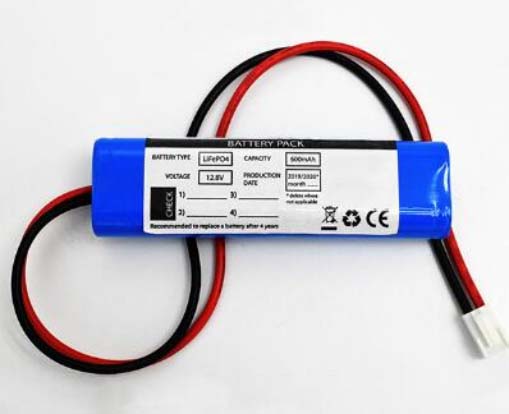
The performance (power storage) of NiCd and NiMH declines rapidly with every charge/discharge cycle, so they typically need to be changed after 3 or 4 years. The routine testing of emergency lighting required by BS 5266 contributes to shortening the life of NiCd batteries. It is also common for NiCd batteries in new-build projects to fail in their first year of life if they have been fully installed in the construction phase when the mains power would normally be switched off completely overnight. The resulting nightly discharge and daily re-charge degrades the NiCd batteries to the point that they can be due for replacement withing the first year of occupation.
High temperatures. LFP is unharmed by ambient temperatures up to 60ºC, whereas NiCd and NiMH can only tolerate 55ºC and 50ºC respectively.
Cadmium is banned under the RoHS Directive because it is a dangerous pollutant.
Cadmium is highly toxic to almost all animals and many plants. It is also very persistent in the environment, being not easily combined with other elements that would render it harmless. NiCd batteries therefore have to be recycled with great care. LFP batteries must also be recycled, but the materials used are inherently less harmful than those used in NiCd and NiMH batteries.
Now that superior alternatives to cadmium are available for use in batteries it is to be expected that the RoHS directive will be amended to eliminate the exemption that has been allowed till now.
Lithium iron phosphate in particular is favored for its safety, economy, and efficiency and is being increasingly used in many applications, such as vehicles, in addition to emergency lighting.
Godson Technology is a globally supplier and manufacturer of emergency lighting battery and emergency lighting products. Any questions about these products, feel free to contact us.

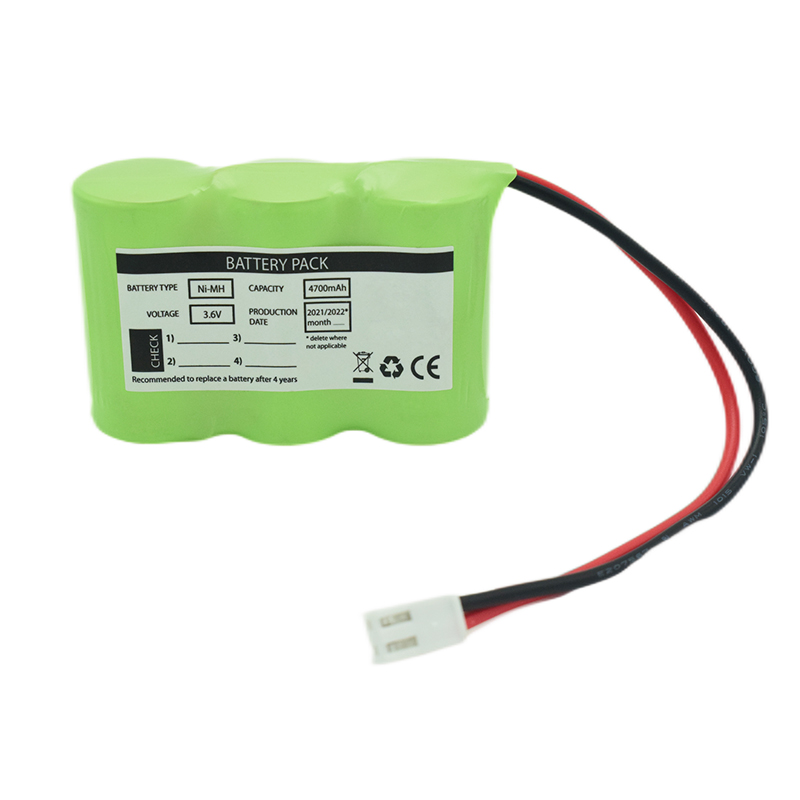 Ni-MH Battery C4700mAh 3.6V
Ni-MH Battery C4700mAh 3.6V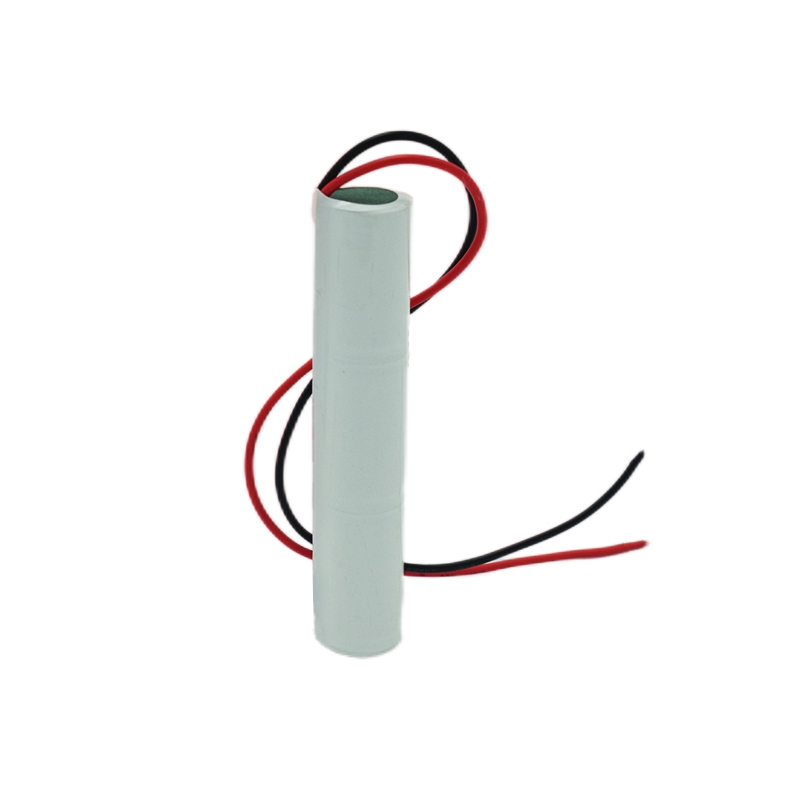 Nickel Cadmium Nicd Battery Pack SC1800mAh 3.6V
Nickel Cadmium Nicd Battery Pack SC1800mAh 3.6V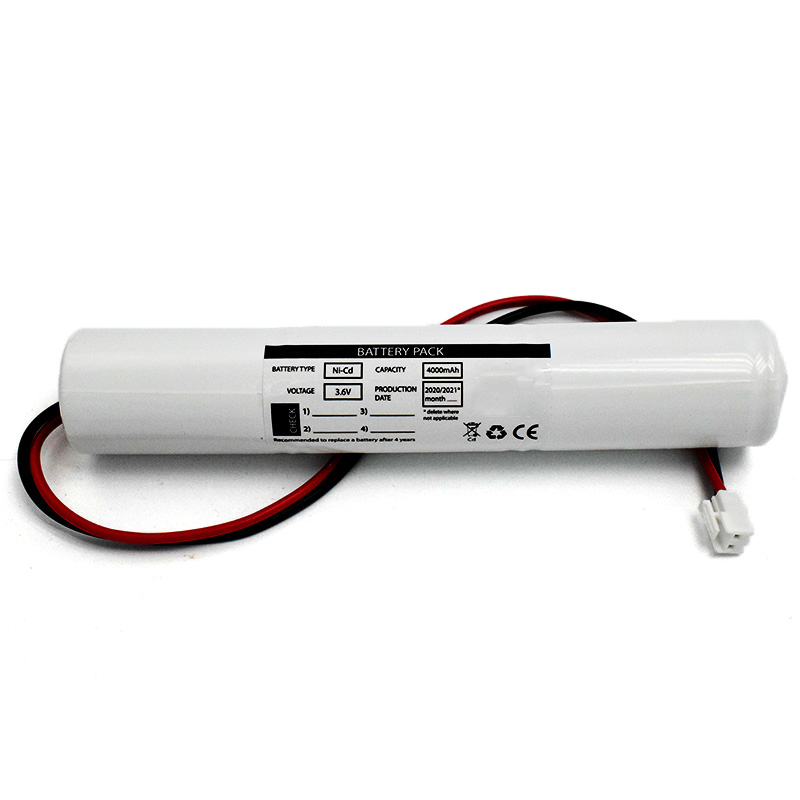 Ni-Cd Battery Pack D4000mAh 3.6V
Ni-Cd Battery Pack D4000mAh 3.6V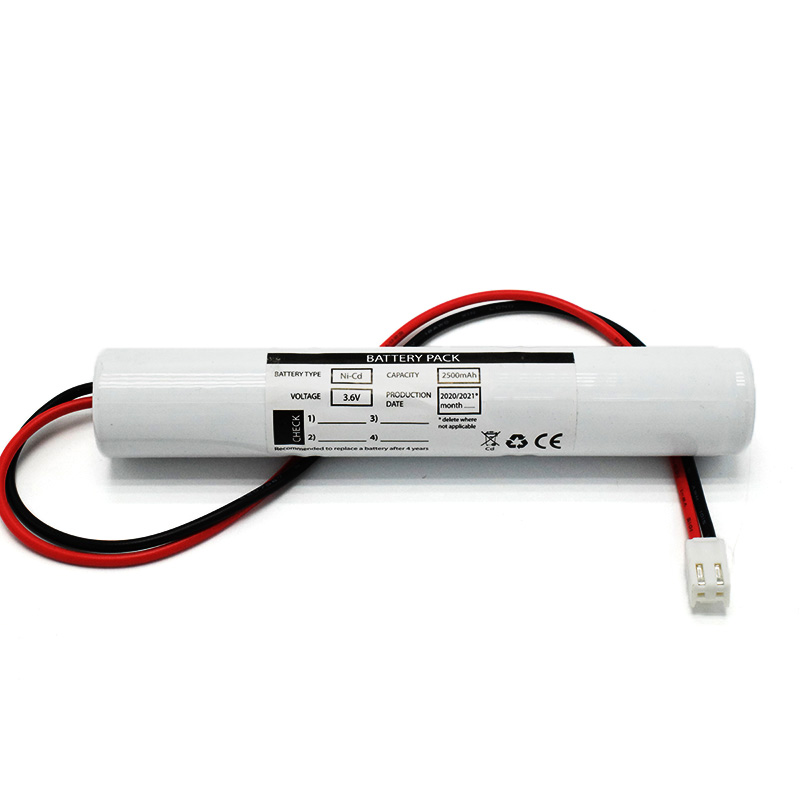 Ni-Cd Battery Pack C2500mAh 3.6V
Ni-Cd Battery Pack C2500mAh 3.6V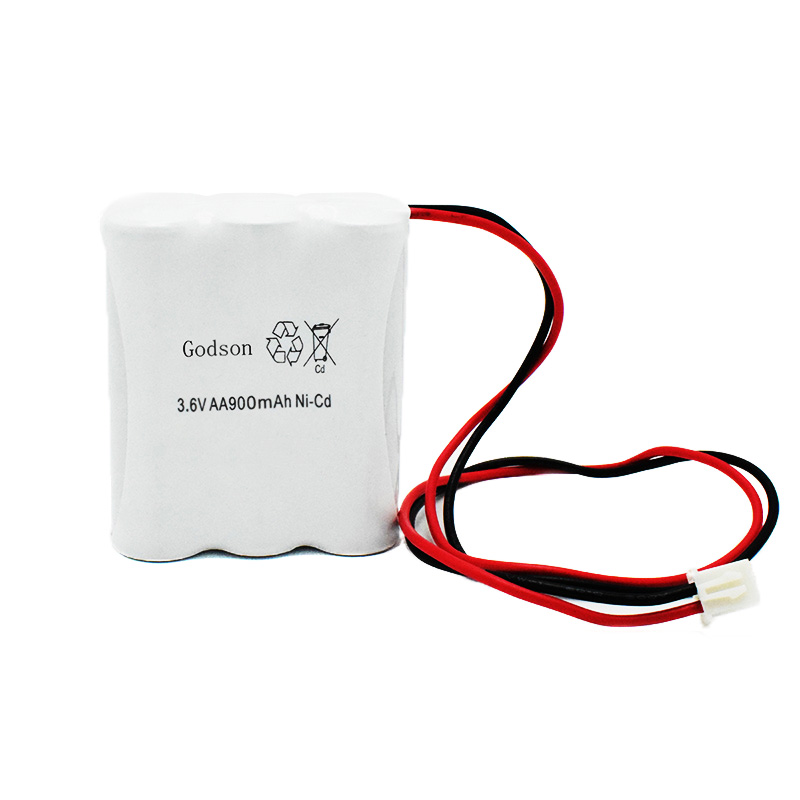 NICAD Battery Pack AA900mAh 3.6V
NICAD Battery Pack AA900mAh 3.6V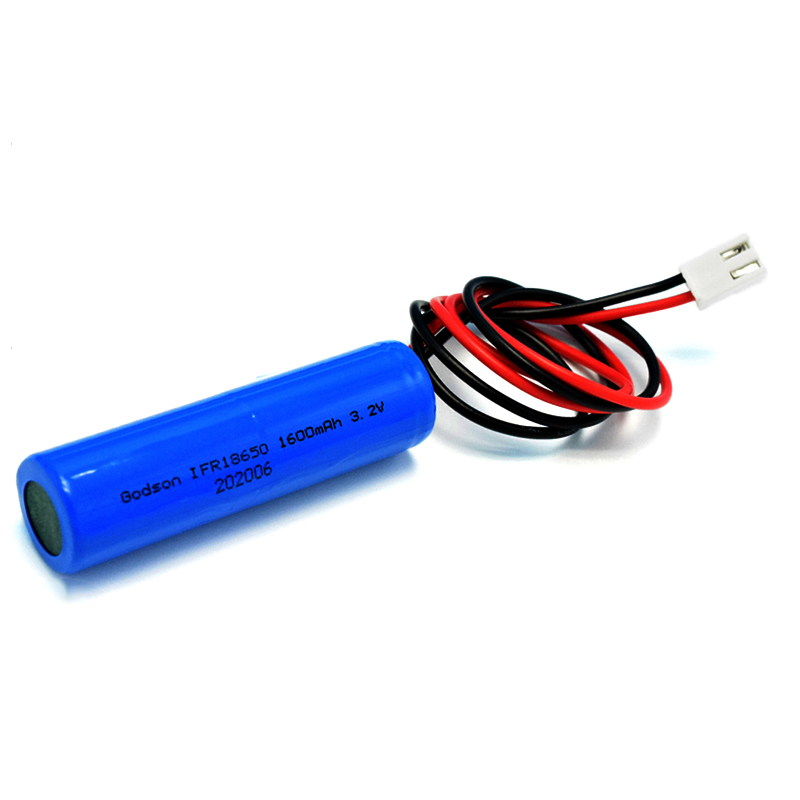 LiFePO4 IFR18650 1600mAh 3.2V
LiFePO4 IFR18650 1600mAh 3.2V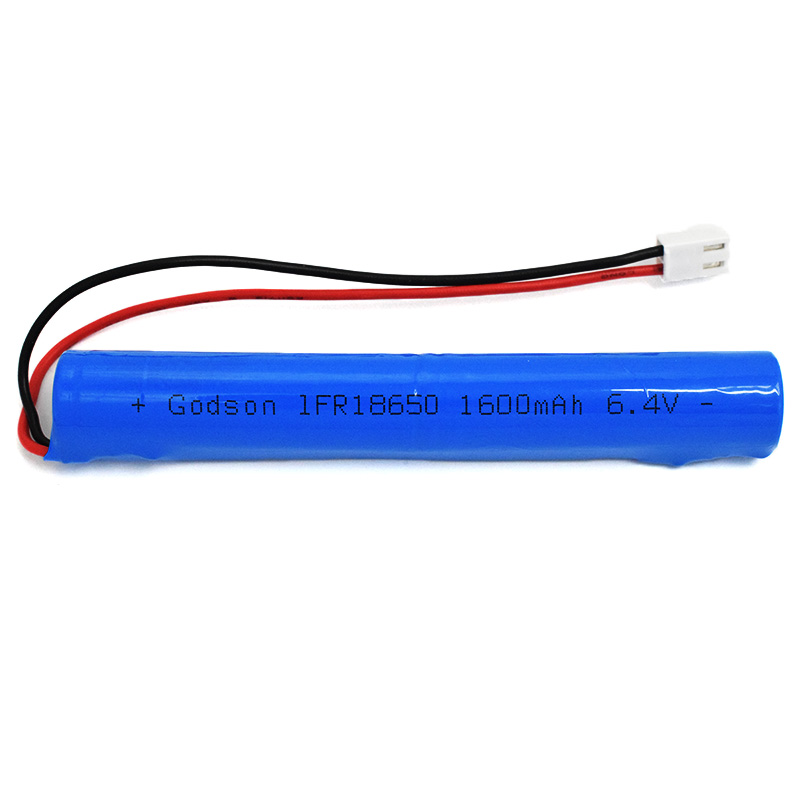 LiFePO4 IFR18650 1600mAh 6.4V
LiFePO4 IFR18650 1600mAh 6.4V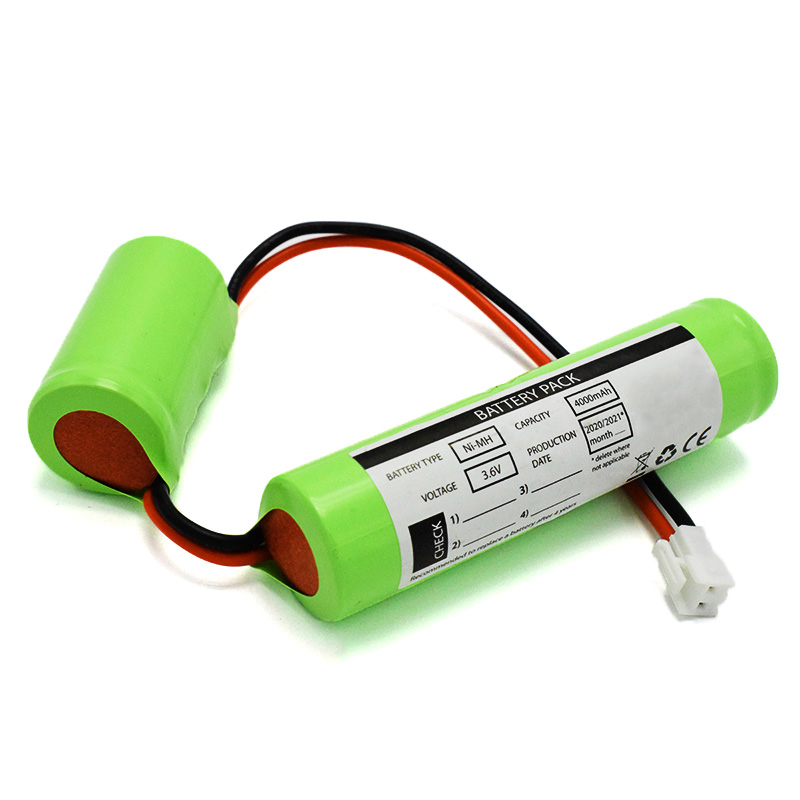 Ni-MH Battery C4000mAh 3.6V
Ni-MH Battery C4000mAh 3.6V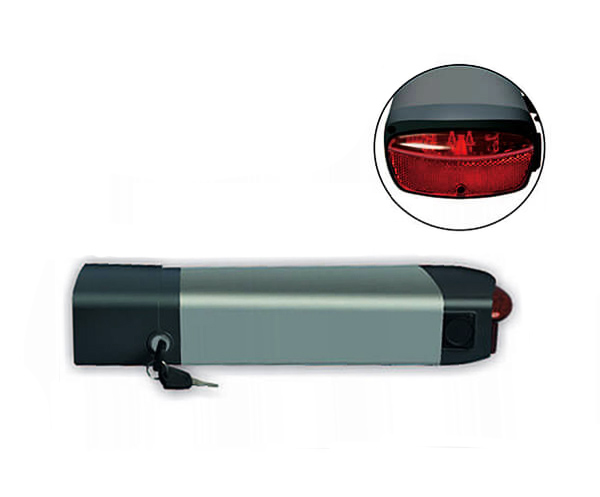 E-bike Battery 48V 10Ah JL-1
E-bike Battery 48V 10Ah JL-1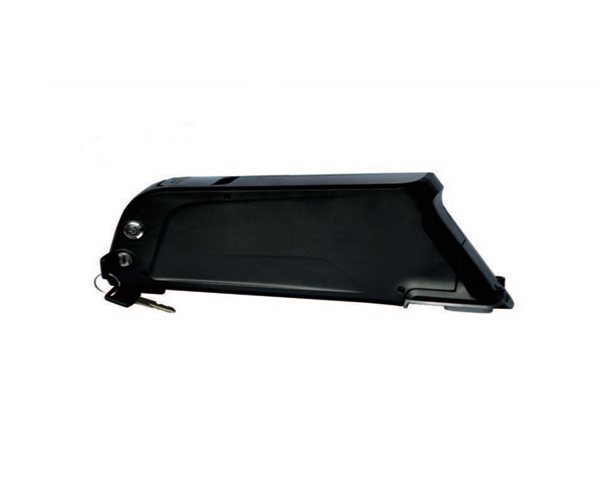 E-bike battery 48V 10Ah Qing Tian
E-bike battery 48V 10Ah Qing Tian